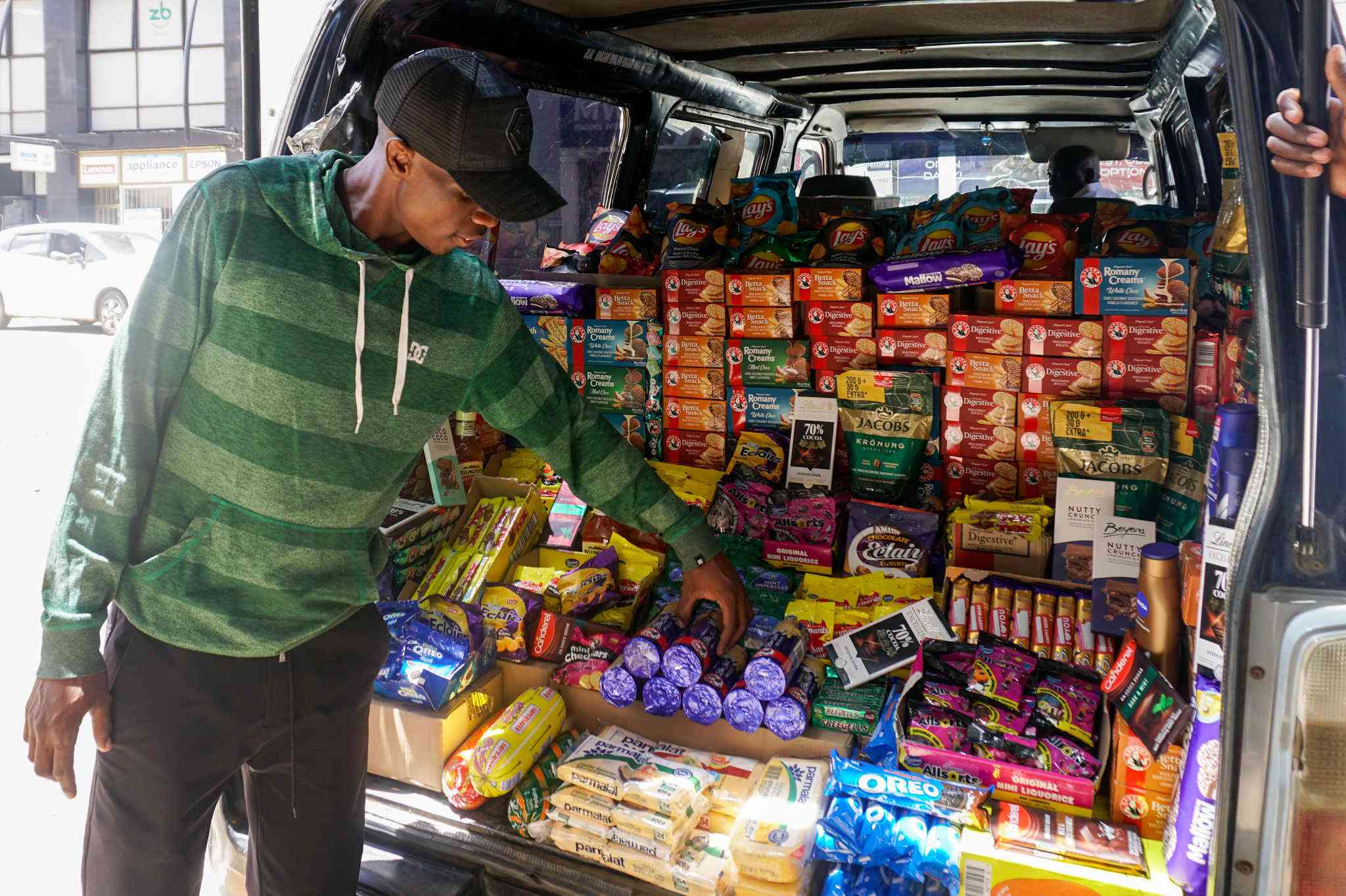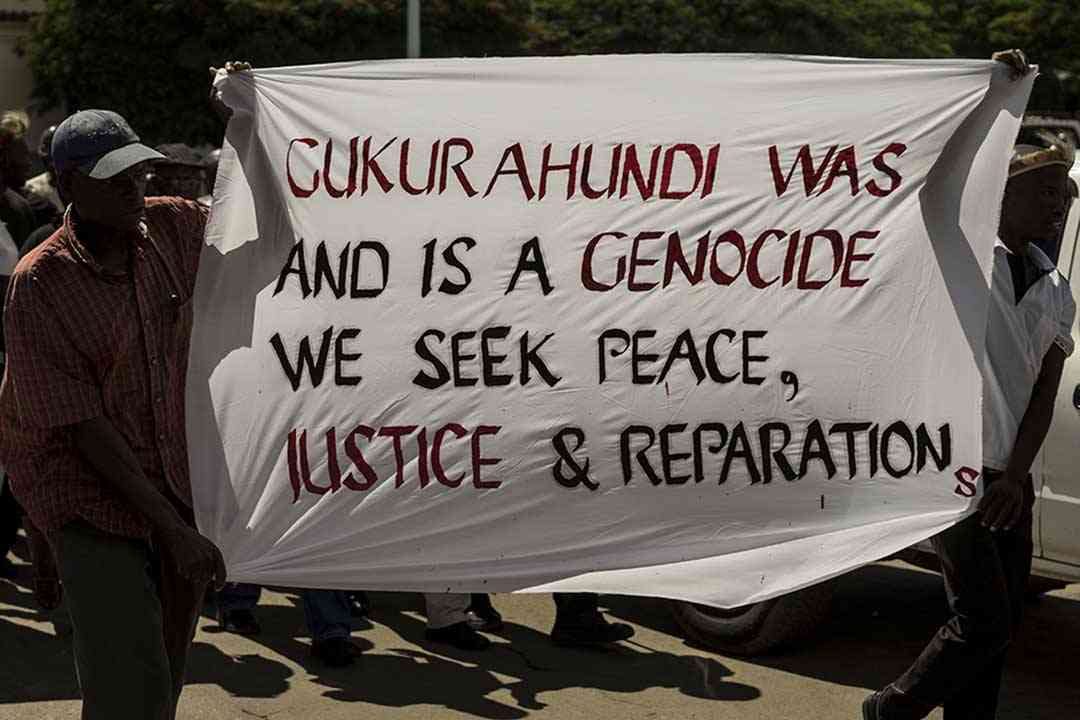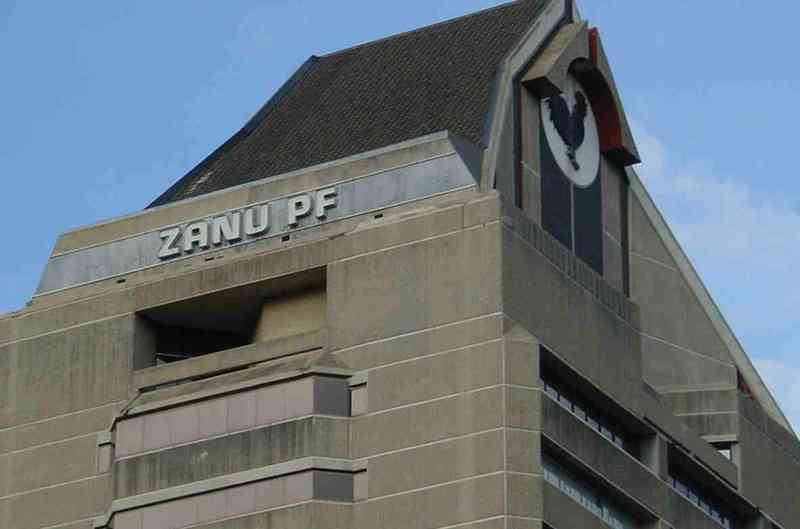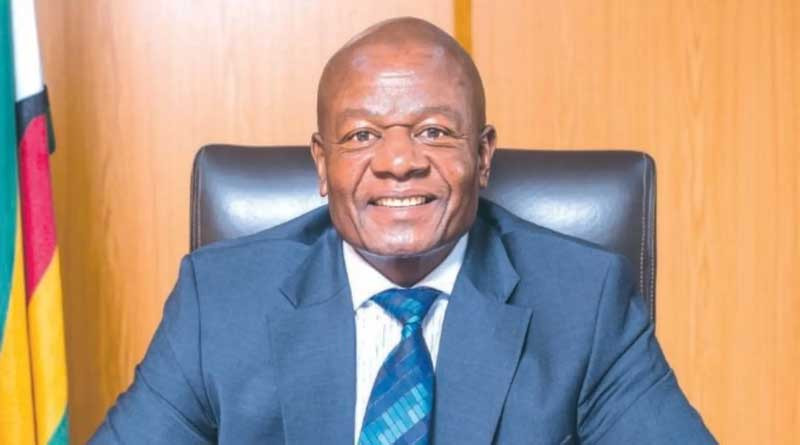
HARARE, ZIMBABWE — Batsirai Mutara started selling cheese and dairy products from a makeshift roadside stand when he was 27. It was a far cry from his former office job, where inflation devoured his paycheck, which came in Zimbabwean dollars, faster than he could spend it.
He wanted a stable income, so he ventured into informal trading, where he earns cash in United States dollars. His gamble paid off. It let him tap into the coveted “greenback” economy that keeps many Zimbabweans afloat.
But Zimbabwe’s economy, which depends on the US dollar, now faces a sudden threat, as US President Donald Trump’s Jan. 20 executive order to largely end all US foreign aid has sent shockwaves through the nation’s financial sector.
In Zimbabwe, banks heavily rely on foreign currency for transactions, trade financing and maintaining reserves. Analysts predict that the executive order will destabilize an already fragile banking system, leading to a liquidity crisis in which banks will struggle to meet withdrawal demands. Without adequate access to foreign currency, banks may have to dramatically tighten their lending belts, potentially strangling the very economic activity they’re meant to support.
“This situation could result in reduced lending and tighter credit conditions, stifling economic activity,” says Kudzanai Sharara, an economic analyst. There will also likely be challenges in trade and debt servicing, further complicating the country’s economic difficulties.
Reserve Bank committee member Persistence Gwanyanya says that Zimbabwe counted on 800 million US dollars in developmental funds, with the United States Agency for International Development contributing over 300 million dollars annually.
The way out of the situation, Gwanyanya says, is through “plugging all the loopholes and leakages in government caused by corruption, illicit activities and inefficiencies.”
Since Zimbabwe’s independence in 1980, the US has contributed over 3.5 billion dollars to enhance food security, boost economic resilience, improve health and promote democratic governance. According to the Reserve Bank of Zimbabwe, around 10% of bank deposits, until the halt in US aid, came from international aid sources.
- Letter from America: Is former president Donald Trump a hero or villain?
- Chidzivo, Tarakinyu clinch Kabag honours
- Letter from America: Is former president Donald Trump a hero or villain?
- The Fiddler: Is honesty the best policy?
Keep Reading
Historically, Zimbabwe has relied on the US dollar as its primary currency to stabilize its economy, particularly following the hyperinflation crisis of the late 2000s, which severely undermined confidence in the local currency.
The country introduced the Zimbabwean dollar after independence in 1980 but the currency spiraled into worthlessness by the late 2000s, thanks to rampant money printing, controversial land reforms and fleeing investors.
Hyperinflation was most acute around 2008, with estimates suggesting inflation rates soared by a percentage in the billions. As the currency became virtually worthless, the prices of basic goods touched billions, trillions and quadrillions of Zimbabwean dollars.
In 2003, the government introduced bearer’s cheques. In 2009, it abandoned a local currency entirely in favor of the US dollar. Then, in 2019, it debuted a revamped Zimbabwean dollar. In 2024, the government introduced the ZIG, a supposedly gold-backed currency, but the currency has been in short supply and lost value over time.
Today, traders like Mutara rely on US dollars for daily transactions.
Many traders purchase supplies from South Africa, which requires payment in US dollars. Plus, the dollars aren’t affected by inflation and maintain their value, says Mutara, who prefers to keep money in his pocket rather than in a local bank. “We simply cannot,” he says, “rely on the local currency.”
Now, he may not have a choice.
- Global Press is an award-winning international news publication with more than 40 independent newsrooms in Africa, Asia and Latin America.










